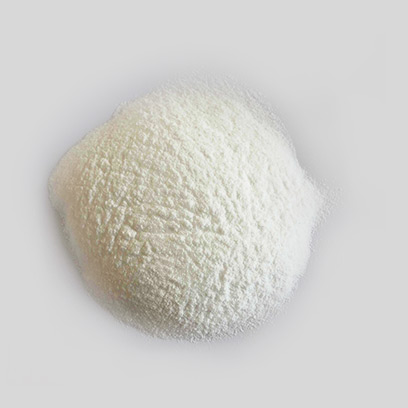
Дек . 12, 2024 04:40 Back to list
30-50nm tio2 powders factory
Understanding the Manufacturing of 30-50nm TiO2 Powders
Titanium dioxide (TiO2) is a widely recognized material noted for its unique properties, including high refractive index, strong ultraviolet light absorption, and excellent photocatalytic activity. These characteristics have made TiO2 powders essential in various applications ranging from pigments in paints to catalysts in chemical reactions. This article delves into the manufacturing process of 30-50nm TiO2 powders, highlighting the techniques employed and the importance of maintaining specific particle sizes.
The Significance of Particle Size
The particle size of TiO2 powders significantly influences their performance in various applications. When dealing with nanomaterials, particularly those in the range of 30-50nm, their high surface area to volume ratio enhances their reactivity and effectiveness. For instance, in photocatalysis, smaller particles can interact more efficiently with light and contaminants, leading to improved degradation rates in environmental applications. Additionally, in the coatings industry, the fine particle size contributes to improved dispersion and opacity, essential for achieving the desired aesthetic and protective properties.
Manufacturing Techniques
Producing 30-50nm TiO2 powders typically involves several advanced techniques, each tailored to create particles within the required size range while maintaining uniformity and specific surface properties
1. Sol-Gel Process This method involves hydrolysis and condensation reactions that transform liquid precursors into solid nanoparticles. The sol-gel process allows for precise control over particle size, morphology, and crystalline structure by adjusting parameters such as pH, temperature, and reaction time. By carefully controlling these factors, manufacturers can consistently produce TiO2 powders within the desired 30-50nm range.
2. Hydrothermal Synthesis This technique utilizes high temperature and pressure in an aqueous environment to facilitate the growth of TiO2 nanoparticles. Hydrothermal synthesis yields high purity and crystalline TiO2 with controlled morphology. By adjusting the synthesis conditions, such as temperature and time, manufacturers can influence the final particle size and shape.
3. Flame Spray Pyrolysis In this method, titanium precursors are introduced into a flame, where they undergo rapid combustion, leading to the formation of TiO2 nanoparticles. Flame spray pyrolysis is known for producing high-quality nanoparticles with narrow size distributions while being scalable for industrial applications.
30-50nm tio2 powders factory

4. Milling Processes Mechanical milling can also be employed, especially if larger agglomerates need to be broken down into nanosized powders. However, controlling the particle size during milling requires careful monitoring to avoid excessive agglomeration or alterations in the particle's properties.
Quality Control and Characterization
Ensuring the quality of 30-50nm TiO2 powders necessitates rigorous quality control measures. Several characterization techniques are employed to assess particle size, morphology, and purity
- Dynamic Light Scattering (DLS) DLS is commonly used to determine the size distribution of nanoparticles in a suspension, crucial for confirming that the particle sizes fall within the targeted range.
- Scanning Electron Microscopy (SEM) SEM allows for high-resolution imaging of the particles, enabling manufacturers to visually inspect morphology and surface features.
- X-ray Diffraction (XRD) XRD is utilized to determine the crystalline phases present in the TiO2 powders, which is important for understanding their potential applications and stability.
- BET Surface Area Analysis This technique measures the specific surface area of the nanoparticles, helping to correlate the surface reactivity of TiO2 powders with their crystallinity and particle size.
Conclusion
The production of 30-50nm TiO2 powders represents a vital aspect of modern material science with significant implications across various industries. By leveraging advanced manufacturing techniques like the sol-gel process, hydrothermal synthesis, flame spray pyrolysis, and controlled milling, manufacturers can achieve the desired particle size while maintaining high quality. As the demand for high-performance materials continues to grow, ongoing research and development efforts will further refine these processes, paving the way for innovative applications of titanium dioxide nanoparticles in the future.
-
High Quality China Black Iron Oxide Powder Supplier Competitive Price & Fast Delivery
NewsJul.08,2025
-
High Quality Titanium Dioxide Used in Rubber – Trusted Supplier & Factory Price
NewsJul.08,2025
-
High Purity Barium Sulfate Particle Size - Wholesale Manufacturer from China
NewsJul.07,2025
-
Premium Titanium Dioxide Lomon R-996 Supplier – Quality & Wholesale Price from China
NewsJul.07,2025
-
Top Titanium Manufacturers in China - Quality Titanium Dioxide Supplier & Production Line Solutions
NewsJul.06,2025
-
OEM Titanium White Supplier & Factory – High Purity, Consistent Quality for Industrial Use
NewsJul.06,2025
